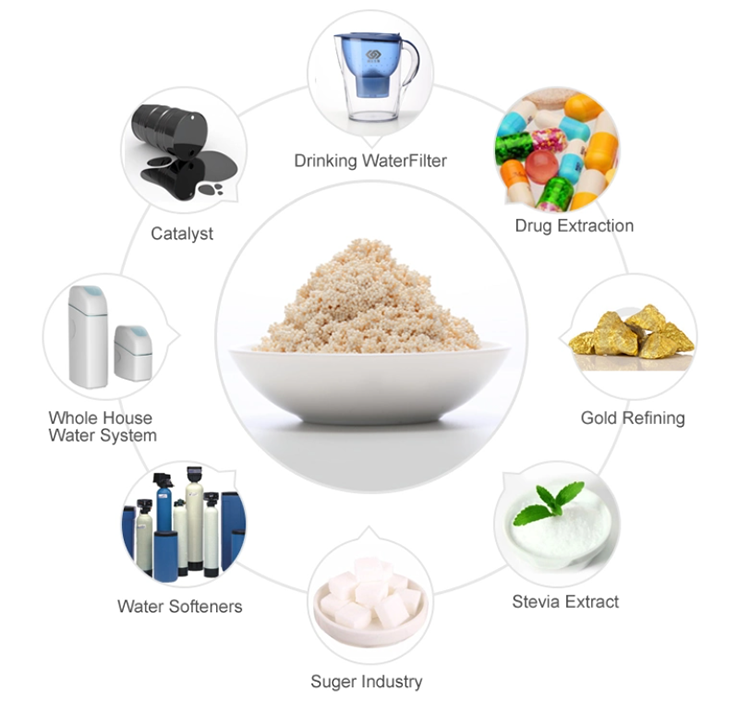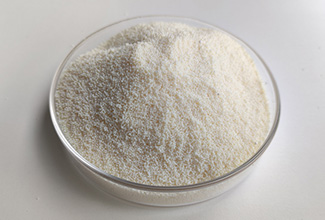What is resin for gold recovery?
There are different types of resins used for gold recovery, but they generally fall under the category of ion-exchange resins. These resins act like tiny sponges that attract and hold onto specific ions, including gold ions, from a solution. Here's a breakdown:
Process:
Gold-bearing solutions (often from leaching processes) are passed through the resin.
Gold ions in the solution are attracted to the resin and get trapped within its structure.
The remaining solution, without the gold, exits the system.
Advantages over traditional methods (like activated carbon):
Higher selectivity: Can be more selective for gold, reducing unwanted metals.
Better efficiency: May recover more gold from the solution.
Potential for regeneration: Some resins can be reused after the gold is extracted.
Here are some specific types of resins used in gold recovery:
Anion exchange resins: These target negatively charged gold complexes commonly found in certain leaching solutions (e.g., thiosulfate solutions).
Special gold-selective resins: These are designed to be particularly good at attracting gold ions while minimizing other metals.
If you're interested in learning more about the specific types of resins used for different gold recovery processes, please contact us anytime.

Next Article :
Related Products
-
 D301 Macroporous Weak Base Anion Exchange ResinAppearance: Milky white or light gray opaque spherical particles.Ionic form: Free baseVolume complete exchange capacity(mmol/ml):≥1.3
D301 Macroporous Weak Base Anion Exchange ResinAppearance: Milky white or light gray opaque spherical particles.Ionic form: Free baseVolume complete exchange capacity(mmol/ml):≥1.3 -
 D201 Macroporous Strong Base Anion Exchange ResinAppearance: Milky white or light gray opaque spherical particles.Ionic form:Cl-Volume complete exchange capacity(mmol/ml):≥1.2
D201 Macroporous Strong Base Anion Exchange ResinAppearance: Milky white or light gray opaque spherical particles.Ionic form:Cl-Volume complete exchange capacity(mmol/ml):≥1.2 -
 201×4 Food Grade anion Exchange Resin for sugar decolorationAppearance: Light yellow to gold yellow transparency sphericity particles.The degree of crosslinking : 4%.Ionic form:Cl-
201×4 Food Grade anion Exchange Resin for sugar decolorationAppearance: Light yellow to gold yellow transparency sphericity particles.The degree of crosslinking : 4%.Ionic form:Cl-
Message

